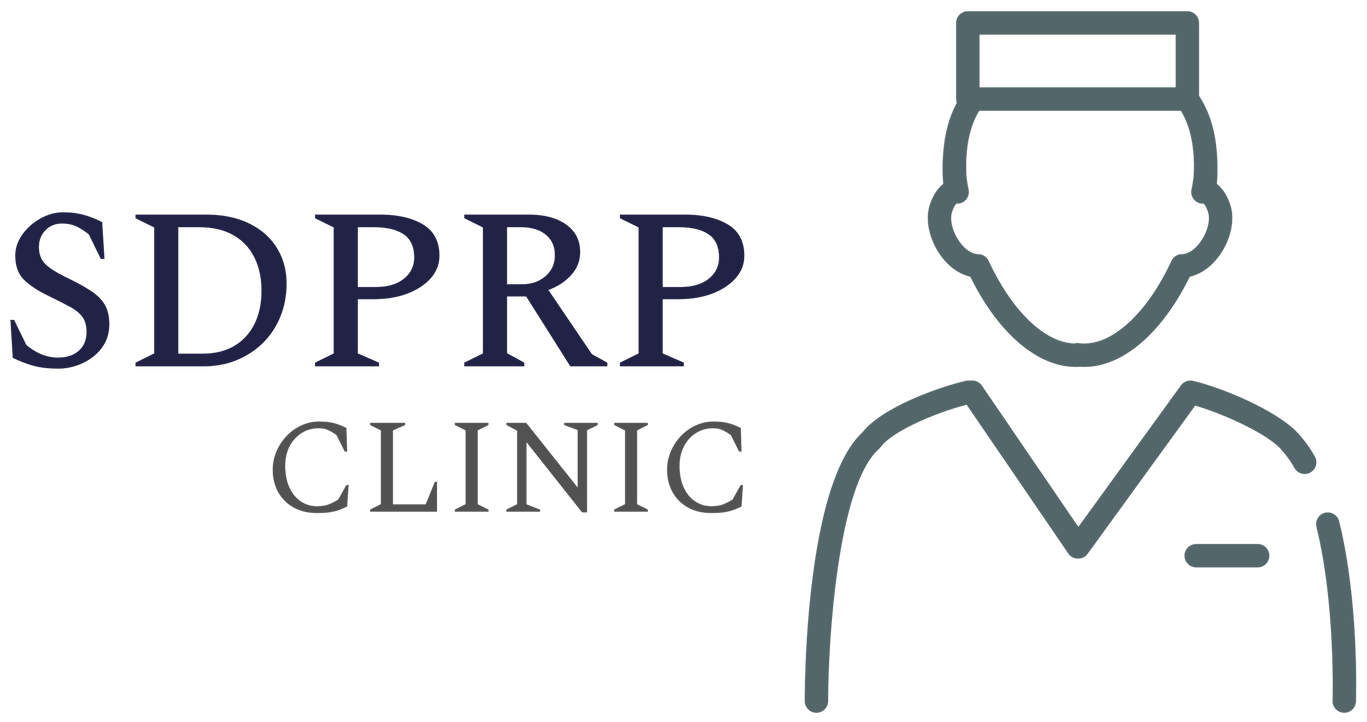PRP for Non-Surgical Knee & Shoulder Pain, Tendon Issues and Tennis Elbow
Struggling with chronic knee or shoulder pain or a tendon injury? PRP therapy can provide natural pain relief and accelerate healing in joints, tendons, and soft tissues. Whether you're dealing with early stages of osteoarthritis, tendonitis, or an injury, PRP promotes tissue repair and reduces inflammation, helping you regain mobility and comfort. With minimal downtime and long-lasting results, PRP is a powerful alternative to traditional treatments like corticosteroids or some surgeries.
How PRP Works:
- Blood Draw: A small amount of blood is drawn from the patient’s arm, similar to a routine blood test.
- Centrifugation: The blood is then placed in a special kit and a centrifuge, which spins it rapidly to separate its components. This process concentrates the platelets, which are the cells involved in healing and tissue regeneration.
- Injection: The concentrated platelet-rich plasma (PRP) is injected directly into the area that causing pain, usually near the damaged tissue (like cartilage, tendons, or ligaments).
Potential Benefits:
- Pain Reduction: PRP has been shown to reduce pain and inflammation in conditions like osteoarthritis or tendon injuries, making it an appealing option for those with chronic Joint/tendon pain.
- Healing Promotion: The growth factors in platelets may help accelerate the healing of damaged tissues, including cartilage or soft tissue in the knee or shoulder.
- Improved Mobility: Many patients experience improved joint function and range of motion after PRP treatment, which can lead to better quality of life and a reduction in the need for surgery.
Conditions PRP Might Help:
- Osteoarthritis: Particularly in the early or mid-stages, PRP may help reduce pain and slow down the progression of cartilage degeneration. PRP is not advised in servers osteoarthritis warranted a joint replacement surgery (can be tried if surgery is not possible).
- Tendinitis/Tendinosis: PRP is used to treat tendon injuries. For example in the knee when there is a patellar tendinitis.
- Ligament Injuries/Partial tendon tear: Some studies suggest PRP can help heal knee ligament injuries and heal partial tendon Teras (though the evidence is still mixed due to variety of contributing factors).
Is it Effective?
The effectiveness of PRP can vary. Some studies show positive results in reducing pain and improving function, but the evidence is still growing, and outcomes can be inconsistent depending on several contributing factors (i.e post procedure resting/activity, the severity of the problem, the patient's overall health, and post procedure rest, and the technique used).
Considerations:
- Recovery Time: Since the PRP comes from your own blood, the risk of allergic reaction is low. However, it may take several weeks to notice improvements in pain and function, as the body works to heal itself.
- Multiple Treatments: In some cases, several injections may be required over a few months.
- Cost: PRP therapy can be expensive, and it is not covered by insurance.
PRP therapy is considered a relatively low-risk procedure, but it's always best to discuss with your doctor to see if it's a good fit for your specific condition and needs. Our board certified trained provider(s) in SD PRP Clinic can discuss if PRP is the right treatment for you.
For any other concerns, please email us at mysdprp@gmail.com or call/text SD PRP Clinic.
Stay in the loop with our deals, offers, and news!
Stay in the loop with our deals, offers, and news!
Thank you for signing up!
Please try again later.
All Rights Reserved | GoBeRewarded




